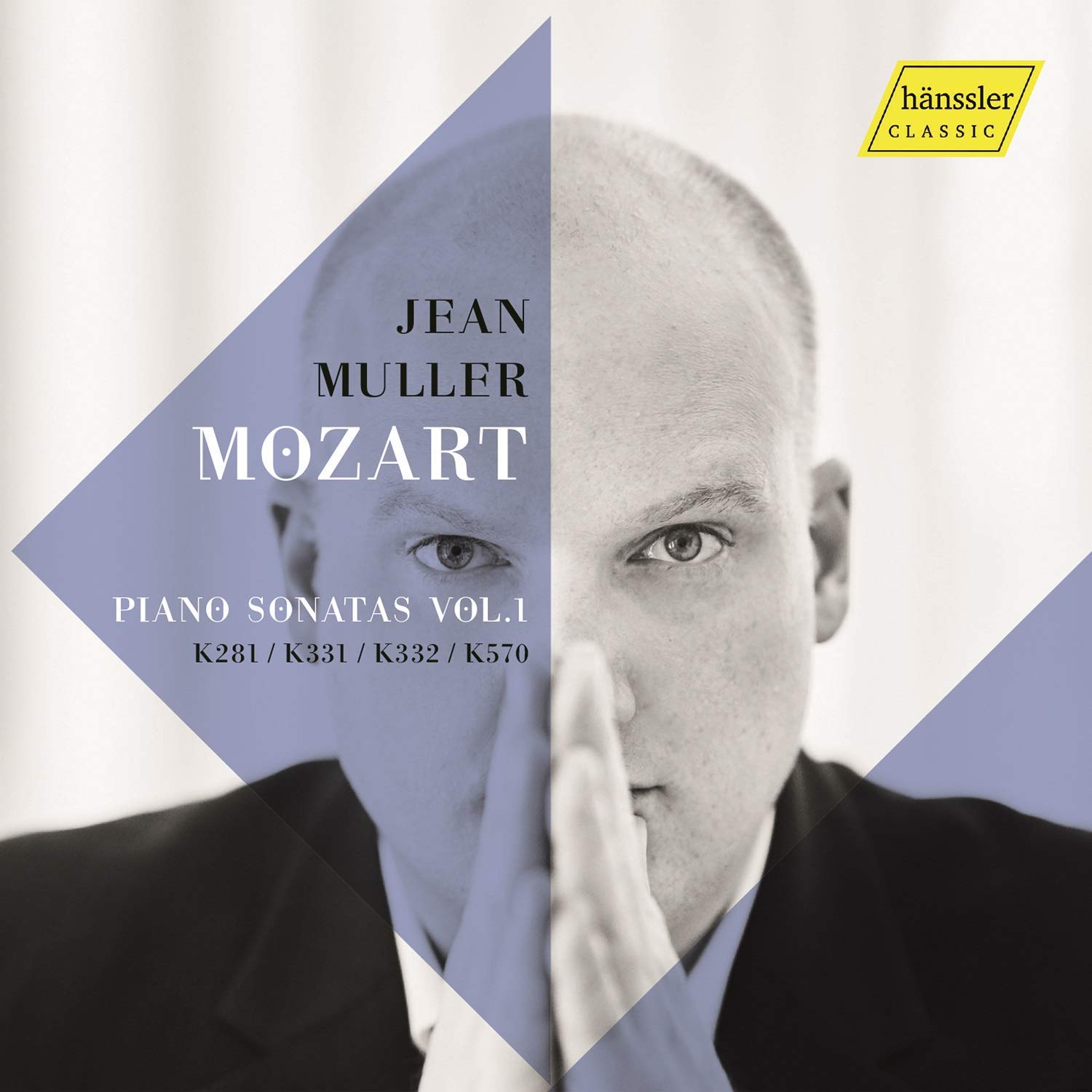 A. Copland, Complete Ballet Scores, Vol. 3, Detroit Symphony Orchestra, L. Slatkin (released on March 8, 2019) Naxos 8.559862 | 62'49-" |
The composer's three most popular ballets -- Rodeo, Appalachian Spring, and Billy the Kid -- all share the signature Copland sound, somewhat saccharine Americana influenced by folk music and redolent of a mythologizing view of this country's history. The earlier Grohg, on the other hand, is something altogether different. Copland began it in 1922, at the suggestion of Nadia Boulanger, with whom he was studying in France for much of that decade. A chance encounter with Friedrich Murnau's horror film Nosferatu that year led Copland and his friend, the writer Harold Clurman, to create a scenario about a necromancer for the ballet. A monstrous creature, Grohg falls in love with people who have just died -- an adolescent, an opium addict, a prostitute. He revives their corpses with his magic, only to be rejected by them. The mind boggles at what a choreographer like Alexei Ratmansky could do with this ballet.
 Vol. 1  Vol. 2 |
Slatkin's is not the first recording of Grohg, an honor that goes to the Cleveland Orchestra under the late Oliver Knussen. (Knussen also conducted the first recording of another rare Copland ballet, Hear Ye! Hear Ye!, with the London Sinfonietta, offered on the same disc.) Slatkin and the DSO give a technicolor rendition of this unusual score, as well as an elegiac performance of the more familiar Billy the Kid. All three discs are both an affordable way for a collector to acquire all of Copland's ballet scores, as well as a testament to the fine partnership of Slatkin and the DSO, an orchestra that has revived along with its city, now that Slatkin has stepped back to take the position of Music Director Laureate.


















